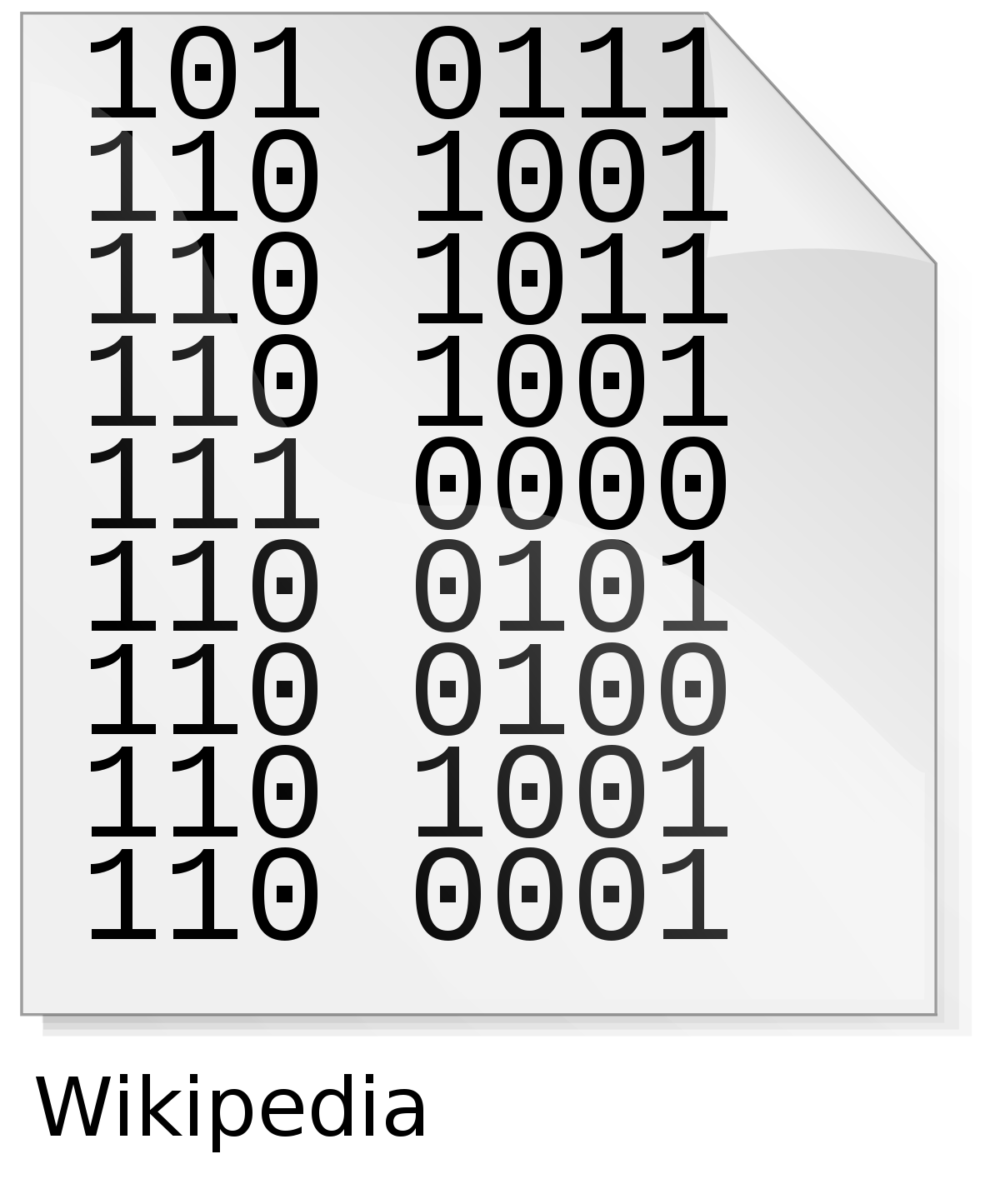Public Relation Pdf Notes
Posted By admin On 27.11.18The Origins of Public Relations The key element in this was the attempt to enhance PR’s credibility by linking it with social science and suggesting that there was a scientific, objective, and there-fore factual basis for it. In contrast to these somewhat lengthy definitions theorists have also made their contributions to the definition game. About Public Relations. The formal practice of what is now commonly referred to as “public relations” dates to the early 20th century. In the relatively brief period leading up to today, public relations has been defined in many different ways, the definition often evolving alongside public relations’ changing roles and technological advances. Public Relations Lecture Notes Public Relations as a Management Tool: Research and Evaluation The four–step process includes: 1) defining the problem or opportunity, 2) planning and programming, 3) taking action and communicating, and 4) evaluating the program. Research, Planning, Communication, and Evaluation are the four steps in the process. From foreign suppliers and makes a note to have her student intern do some more. Global Expenditures on Public Relations In terms of economics, the public.

Public Relations Lecture Notes
. Public Relation Process Is the act that outlines the various steps to be undertaken before implementing any program or events to ensure the success of a program while public interests (internal & external) are not affected. PR Methods & Techniques 1.

Publicity – refers to relationship between an organization’s public relations & communications manager and the editor journalist associated with both press and broadcast media. Press Releases – a written report concerning a change in the organization which is sent to various media houses for inclusion in an item of news.
Statements usually highlight developments like promotions, new products, awards, prizes new contracts & customers. Statements made are usually short in style & attractive so as to grab attention.
Press Conferences – usually and by organizations or individuals when a major event has occurred. Interviews – usually done with the organization’s representatives, with the aim of conveying news/events 5. Events – organizations is usually have limited control here 3 Major Types of Events Product Events – are aimed at increasing sales and at creating awareness and interest in products being provided Corporate Events – these events are aimed at developing corporate bodies and usually generate a lot of local media coverage - These events facilitate awareness, good will and interest Community Events - These help.
Effective Public Relation Pdf
Public Relations Lecture Notes Public Relations as a Management Tool: Research and Evaluation The four–step process includes: 1) defining the problem or opportunity, 2) planning and programming, 3) taking action and communicating, and 4) evaluating the program. Research, Planning, Communication, and Evaluation are the four steps in the process. Research is the systematic gathering of information to describe and understand situations and to check out assumptions about publics and public relations consequences. Its main purpose is to reduce uncertainty in decision-making. Methodical, systematic research is the foundation of effective public relations. In fact, studies of practitioners show a strong link between doing research and being “invited to the table” when decisions are being made—becoming part of the management team.
Problem definition begins with someone making a value judgment that something is wrong, could soon be, or could be better. That subjective judgment is followed by objective, systematic research to confirm and describe in detail the problem situation. Useful problem statements: 1) are written in present tense, 2) describe a situation in specific and measurable terms, and 3) do not imply solution or place blame. In short, they describe what was learned in the situation analysis. Situation analysis research.